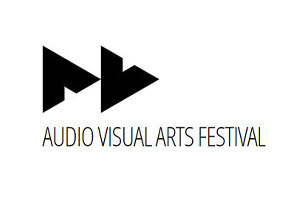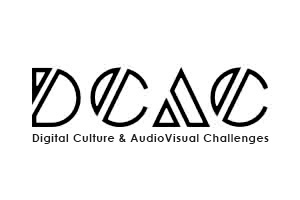Description:
The first part of this course will explore the historical, material and institutional specificity of our modern notion of the hybrid drawing on examples which illustrate both its legacies in contemporary art but also early precedents from the history of science, art and ideas prior to modernity. Attention will be given to classificatory distinctions imposed by western systems of thought, out of which the notion of the hybrid emerges, such as the natural versus artificial divide, as the latter is acted out in early modern specimens of wonder and curiosity in a number of treatises, illustrations and examples from cabinets of curiosity and established as a boundary object both for art and modernity. Examples we will consider include 16th century depictions of fossils and of natural formations as objects, forms and actions thought to ‘imitate’ artificial form cast in systems of thought prior to modernity as evidence of nature’s extreme creative powers, automata and painting. As a broader theme we will be looking at the development and appropriation of artistic strategies in which the hybrid implicitly or explicitly participates, and ways of conceptualizing it but also historicizing it, by concentrating on the uses of chance by artists in the long 20th century and recent examples. Notions such as ‘superhumanity’ and ‘post-evolutionary beings’ recently explored by relevant exhibition projects will also be discussed looking at the place of chance, the hybrid and evolutionary discourses in contemporary art.
In the second part of this course emphasis is on bio art and the diverse readings and practices it may be seen to contain as a distinctive realm of contemporary art looking at the work of artists including those of Susan Anker, Ellen K Levy, Kathy High, Adam Zaretsky, Marta De Menezes and others and writings by art historians such as Martin Kemp, Robert Zwijnenberg, Gunalan Nadarajan, Irina Aristarkhova and others. In this context we will draw comparisons with early modern notions of artistic practice and expression tied to the idea of physiognomy which transcended the boundaries between the human and the animal looking at similar efforts in bio art, also drawing on notions and resent writing exploring bio art as a dialogue with continental philosophy and Derrida’s notions of the specter and hospitality.
Keywords:. Art, science and the hybrid in the long duration. Examples, precedents and current directions in contemporary art. Natural/artifice divide. Bio art, living media, hospitality, institutional critique.
Objectives (hour):
Part 1. Hybrid moments: contemporary art and early modern wonders:
1. The hybrid as an early modern concept and object of art?
2. Contemporary examples and practices of the hybrid in 20th century and 21st century art.
Part 2. Hybrid beings: (Semi) living media as real metaphors:
3. Transitions in contemporary art practice and historical precedents as regards notions of the living media with special reference to debates on physiognomy.
4. Living media and bio art: aspects of the current debate.
Prerequisites/advisable prior knowledge: n/a.
Evaluation feedback:. Students are expected to produce a 1,000 critical text on one of the examples discussed in the lectures and present it in the context of the course’s evaluation as part of their assessment.
Recommended reading list:
Kaniari, A. (ed.) From Institutional Critique to Hospitality. Bio Art Practice Now. A critical Anthology, Art History and Theory series 5, Athens: Grigori [Εκδόσεις Γρηγόρη], 2017.
Κaniari, A. ‘Wonder after modernity: 16th century visual sources, 20th century ethnographic collections and transition’, in Hildegard Wiegel and Michael Vickers (eds.), Excalibur: Essays on Antiquity and the History of Collecting in Honour of Arthur MacGregor (Oxford: Archaeopress, 2013): 17-38.
Reichle, I. ‘Bio-Art on Display’, In Bio-Art Borders and Definitions ed. by A. Kaniari, Art History and Theory series 4, Athens: Grigori [Εκδόσεις Γρηγόρη], 2015: 25-31.
Kaniari, A. ‘Bio-Arts as experimental Art Practice: Strategies of Reliability?’, in Assimina Kaniari (ed.). Bio-Art / Borders and Definitions. Art History and Theory 4, Grigori 2015: 11-24.
Anker, S. and Franklin, S. ‘Specimens as Spectacles. Reframing Fetal Remains’. Social Text 106 • Vol. 29, No. 1 • Spring 2011.
Back to courses





